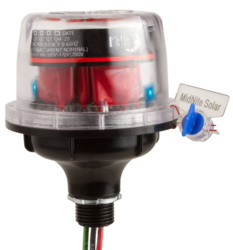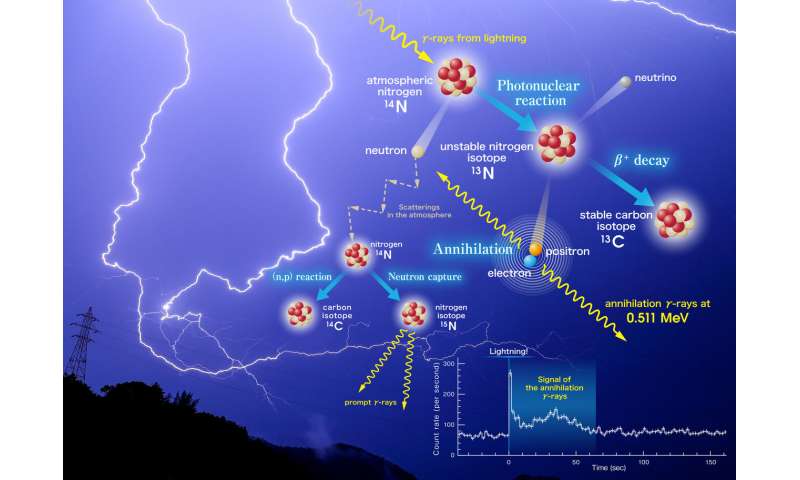svetz
Works in theory! Practice? That's something else
So, did you add on of these guys to your installation?
 The idea is they short-circuit any stray voltage so those voltages don't add to the wear and tear on your more expensive electronics. Obviously the one in the image is lot more sophisticated than the power strips, but the same basic idea. They even have LEDs so you know when they're working (versus consumed). I'm thinking about getting one (Florida lightning and all), but wanted some second and 3rd opinions.
The idea is they short-circuit any stray voltage so those voltages don't add to the wear and tear on your more expensive electronics. Obviously the one in the image is lot more sophisticated than the power strips, but the same basic idea. They even have LEDs so you know when they're working (versus consumed). I'm thinking about getting one (Florida lightning and all), but wanted some second and 3rd opinions.
I particularly like how easy they are to install, you just attach to L1/L2/N. They make them for AC and DC.
These suppressors have nothing to do with fuses or circuit breakers. Generally surges & spikes are too quick. 50,000V could even jump across a blown fuses.
Basically these devices are like the sacrificial anode in the hot water tank, they take the spike and wear out so your more expensive gear doesn't. They do wear out, that's why they have an LED, when the LED goes out it's time to replace it. I figure if they're wearing out they most being doing something good.
I may not live in the lightning capital of the world anymore, but we still get plenty.
So, basically this is like an insurance policy, spending $100 to help increase the longevity of your inverter. It also works on the whole house, so I won't have to replace the ones on the PCs/TVs/Router when they wear out.

I particularly like how easy they are to install, you just attach to L1/L2/N. They make them for AC and DC.
These suppressors have nothing to do with fuses or circuit breakers. Generally surges & spikes are too quick. 50,000V could even jump across a blown fuses.
Basically these devices are like the sacrificial anode in the hot water tank, they take the spike and wear out so your more expensive gear doesn't. They do wear out, that's why they have an LED, when the LED goes out it's time to replace it. I figure if they're wearing out they most being doing something good.
I may not live in the lightning capital of the world anymore, but we still get plenty.
So, basically this is like an insurance policy, spending $100 to help increase the longevity of your inverter. It also works on the whole house, so I won't have to replace the ones on the PCs/TVs/Router when they wear out.
Last edited:



